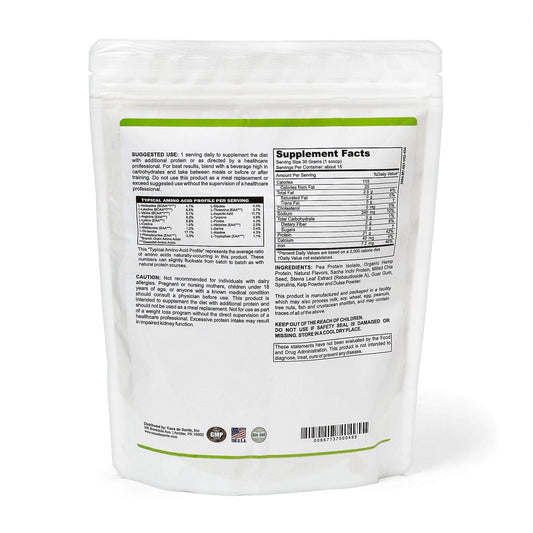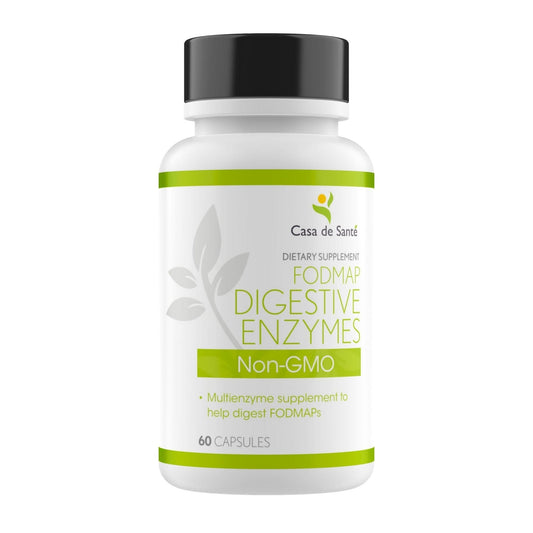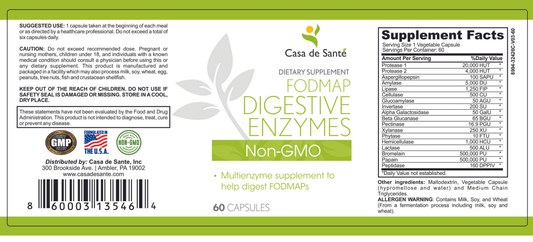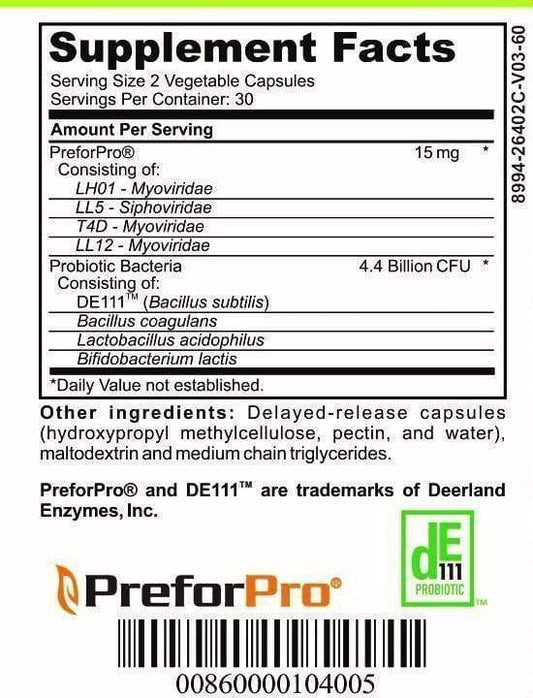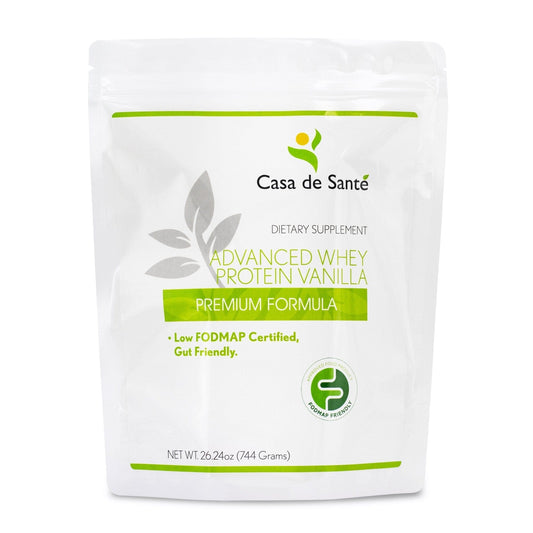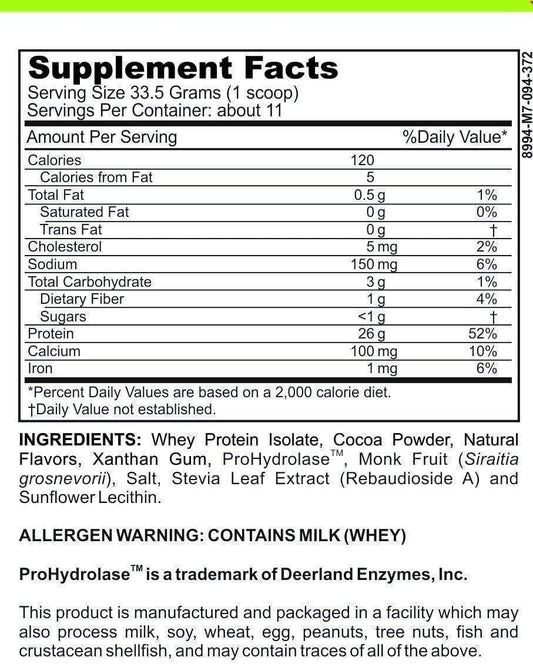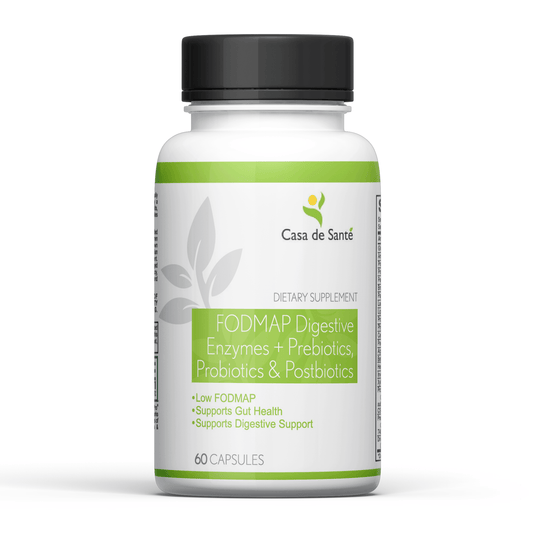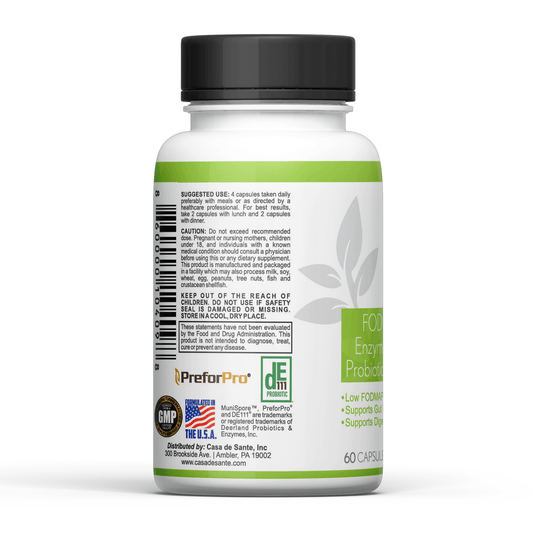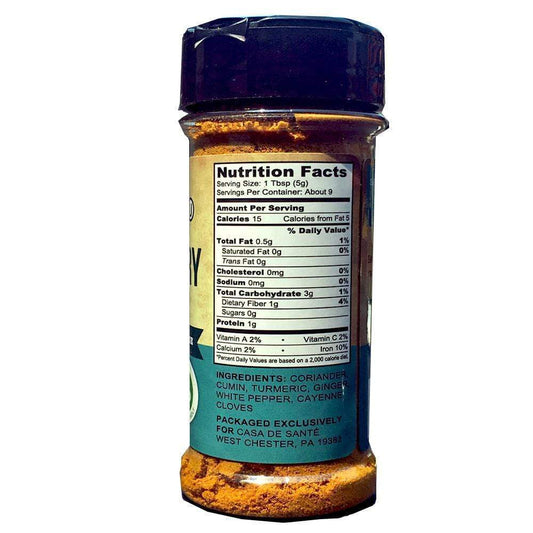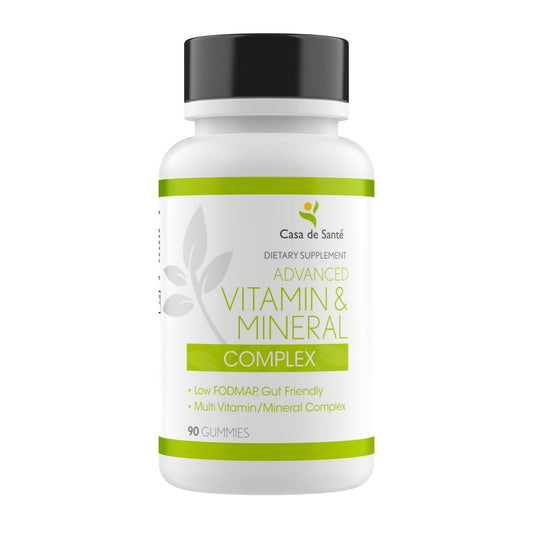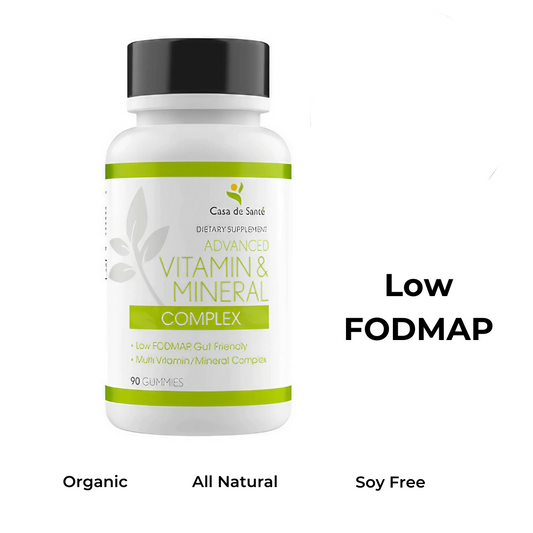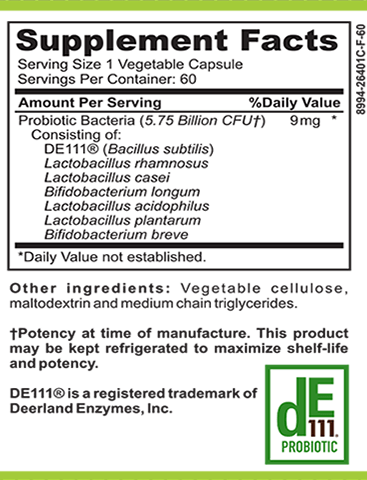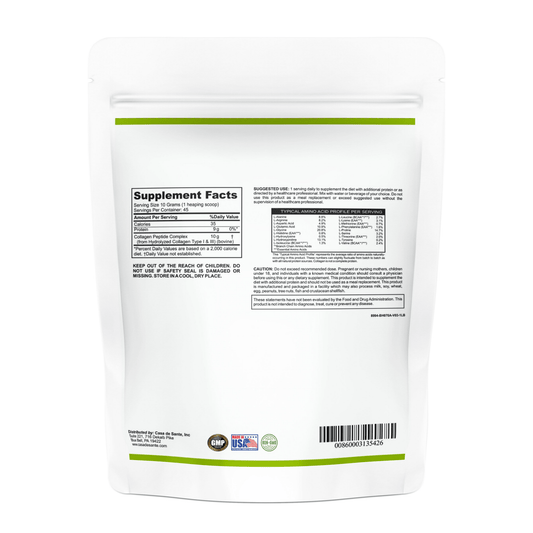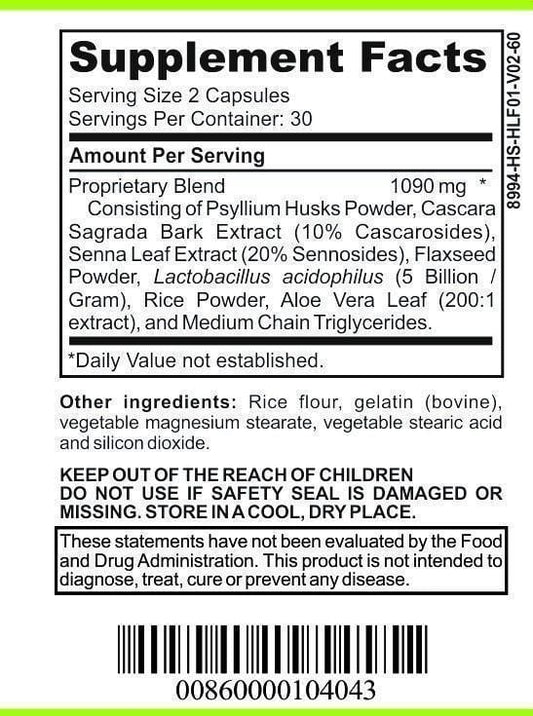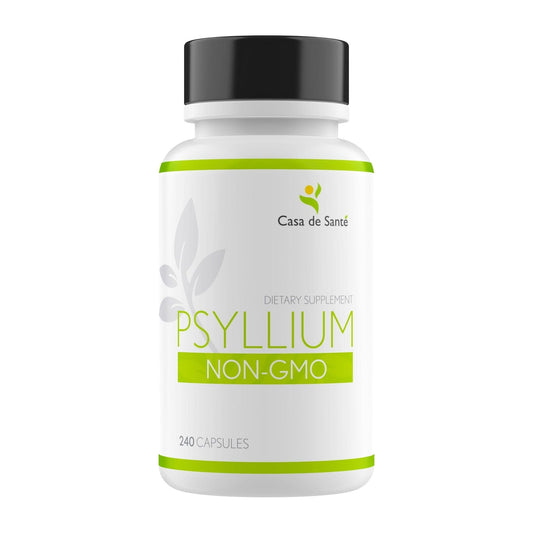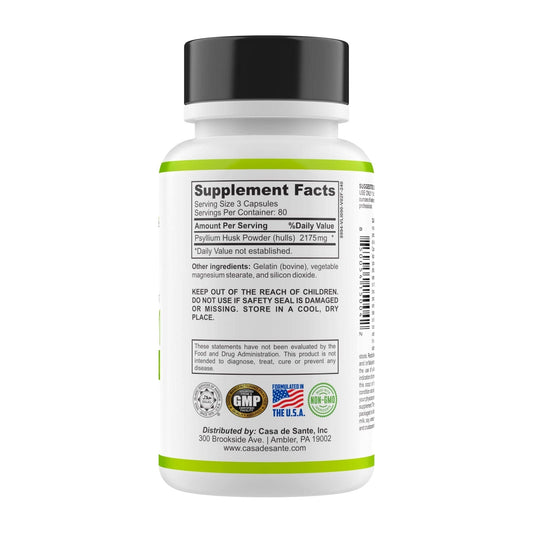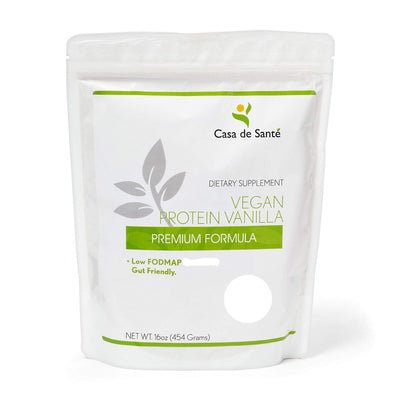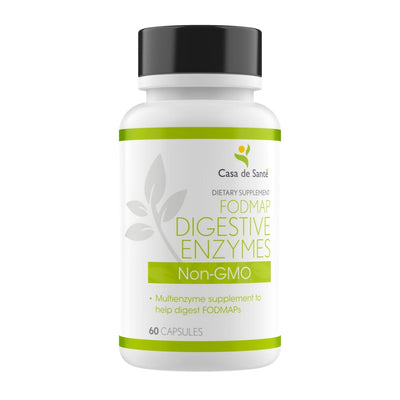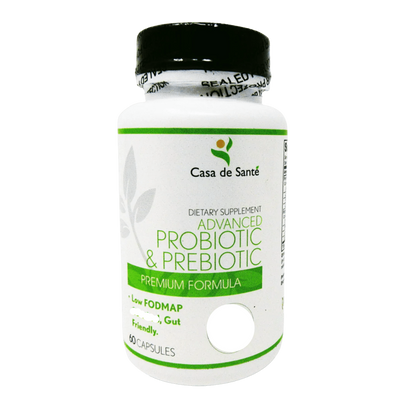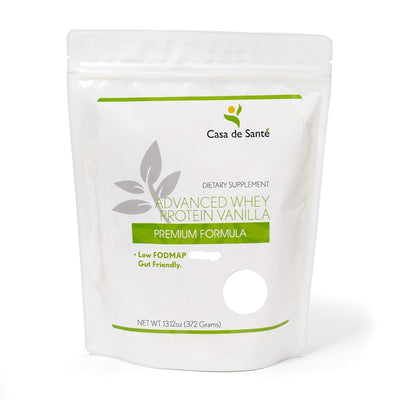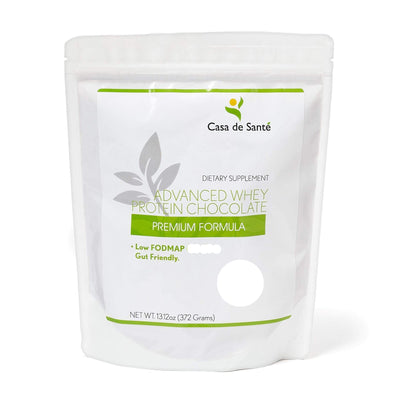Is Chocolate OK for IBS? A Digestive Guide
Is Chocolate OK for IBS? A Digestive Guide
For many people with Irritable Bowel Syndrome (IBS), navigating food choices can feel like walking through a minefield. One moment you're enjoying a delicious treat, and the next you're dealing with uncomfortable symptoms. Chocolate, that beloved indulgence, often sits in a gray area for IBS sufferers. Is it a forbidden pleasure or a permissible treat? This comprehensive guide will explore the complex relationship between chocolate and IBS, helping you make informed decisions about whether to include it in your diet.
Understanding IBS and Food Triggers
IBS affects approximately 10-15% of the global population, making it one of the most common digestive disorders worldwide. This chronic condition is characterized by a cluster of intestinal symptoms including abdominal pain, bloating, gas, and altered bowel habits (diarrhea, constipation, or both). While the exact cause remains elusive, we do know that certain foods can trigger or worsen symptoms in many individuals.
The frustrating reality of IBS is its highly individualized nature. What triggers symptoms in one person may be perfectly tolerable for another. This variability makes blanket statements about "safe" and "unsafe" foods particularly challenging, and chocolate is no exception to this rule.
Many IBS sufferers report experiencing a trial-and-error process that can last months or even years before identifying their personal trigger foods. This journey often involves detailed food journaling, elimination diets, and careful reintroduction phases—all while managing unpredictable flare-ups that can significantly impact quality of life. The inconsistency of symptoms adds another layer of complexity, as sensitivity to certain foods may fluctuate depending on stress levels, hormonal changes, sleep quality, and other lifestyle factors that influence gut function.
The Role of FODMAPs in IBS
In recent years, research has highlighted the role of FODMAPs (Fermentable Oligosaccharides, Disaccharides, Monosaccharides, and Polyols) in triggering IBS symptoms. These short-chain carbohydrates are poorly absorbed in the small intestine and can be fermented by gut bacteria, leading to gas production, bloating, and changes in bowel movements. Many common foods contain FODMAPs, and understanding their presence in chocolate is crucial for IBS management.
The low-FODMAP diet, developed by researchers at Monash University in Australia, has emerged as one of the most effective dietary interventions for IBS symptom management, with studies showing improvement in up to 75% of patients who follow it correctly. This approach involves temporarily eliminating high-FODMAP foods before systematically reintroducing them to identify personal triggers. The diet's complexity often necessitates guidance from a registered dietitian who specializes in digestive disorders, as nutritional adequacy must be maintained throughout the process. For chocolate lovers with IBS, understanding which varieties and serving sizes are considered low-FODMAP can be a game-changer in maintaining both digestive comfort and quality of life.
Stress and IBS: The Gut-Brain Connection
Beyond food triggers, the gut-brain axis plays a significant role in IBS symptom development. Stress and anxiety can exacerbate digestive symptoms, creating a complex interplay between psychological factors and physical discomfort. This connection is worth noting when considering chocolate consumption, as many people turn to chocolate as a comfort food during times of stress—potentially creating a confusing cause-and-effect relationship with symptoms.
Chocolate Composition: What's Actually in Your Treat?
Before determining whether chocolate is suitable for your IBS, it's helpful to understand what chocolate actually contains. The basic ingredients in most chocolate include cocoa solids, cocoa butter, sugar, and often milk (in milk chocolate). However, the proportions vary significantly between different types of chocolate, and additional ingredients like emulsifiers, flavorings, and fillings further complicate the picture.
Dark vs. Milk vs. White Chocolate
Dark chocolate contains the highest percentage of cocoa solids (typically 50-90%) and the least sugar. It usually contains no milk, making it dairy-free in its purest form. Milk chocolate, as the name suggests, contains milk powder or condensed milk along with a lower percentage of cocoa solids (around 10-50%) and more sugar. White chocolate contains no cocoa solids at all—only cocoa butter, sugar, and milk solids.
These differences matter significantly for IBS sufferers. Dark chocolate with higher cocoa content contains more of the beneficial compounds found in cocoa but also more of the potential triggers. Milk chocolate introduces dairy, a common IBS trigger for many. White chocolate lacks the cocoa solids but is high in sugar and dairy, both potential problems for sensitive digestive systems.
Common Additives and Their Impact
Beyond the basic ingredients, commercial chocolates often contain additives that may affect digestive comfort. Emulsifiers like soy lecithin, artificial sweeteners in "sugar-free" varieties, and flavorings can all potentially trigger IBS symptoms in sensitive individuals. Additionally, chocolates with fillings or inclusions like nuts, dried fruits, or caramel introduce additional variables to consider.
Potential IBS Triggers in Chocolate
When it comes to chocolate and IBS, several components merit particular attention. Understanding these potential triggers can help you make more informed choices about which chocolates might be better tolerated.
Caffeine and Theobromine
Cocoa naturally contains stimulants, primarily caffeine and theobromine. While the caffeine content is relatively low compared to coffee (about 12mg in an ounce of dark chocolate versus 95mg in a cup of coffee), it can still affect sensitive individuals. These stimulants may increase intestinal motility and acid production, potentially worsening symptoms like diarrhea and abdominal pain in some IBS sufferers.
The darker the chocolate, the higher the caffeine and theobromine content. This means that while dark chocolate may be better in terms of lower sugar and dairy content, its higher stimulant levels could be problematic for some IBS patients.
Fat Content and Digestive Impact
Chocolate is relatively high in fat, primarily from cocoa butter. While this fat gives chocolate its luxurious mouthfeel and melt-in-your-mouth quality, it can also slow digestion and trigger symptoms in those with fat-sensitive IBS. High-fat foods can cause increased contractions of the colon, potentially leading to abdominal pain and urgent bowel movements in susceptible individuals.
Sugar and FODMAPs
The sugar content in chocolate varies widely, with milk and white chocolate containing significantly more than dark varieties. Sugar itself isn't a FODMAP, but many chocolates contain high-FODMAP ingredients like milk, high-fructose corn syrup, or honey. Additionally, some people find that even regular sugar can trigger IBS symptoms when consumed in large amounts.
Particularly problematic are sugar alcohols like sorbitol, mannitol, and xylitol, which are common in sugar-free chocolates. These are polyols (the "P" in FODMAP) and are notorious for causing digestive distress even in people without IBS.
Chocolate Types Most Likely to Be IBS-Friendly
If you're not ready to give up chocolate entirely (and who would be?), certain varieties may be better tolerated than others. While individual responses vary, these guidelines can help you make choices that minimize the risk of triggering symptoms.
Dark Chocolate Considerations
High-quality dark chocolate with minimal additives is often the best choice for IBS sufferers. Look for varieties with at least 70% cocoa content and a simple ingredient list. The higher cocoa percentage means less room for sugar and other additives, though it also means more caffeine and theobromine. Start with small portions—a square or two—to test your tolerance.
Some IBS patients find that dark chocolate actually helps their symptoms due to its antioxidant content and relatively low FODMAP status (in small amounts). The flavonoids in dark chocolate may have anti-inflammatory properties that benefit gut health, though research specifically in IBS patients is limited.
Dairy-Free Options
For those with lactose intolerance or dairy sensitivity alongside IBS, dairy-free chocolates can be a game-changer. Many high-quality dark chocolates are naturally dairy-free, but always check the label for milk derivatives. There's also a growing market of alternative milk chocolates made with coconut, rice, or oat milk, though these may introduce other potential triggers.
Practical Tips for Enjoying Chocolate with IBS
If you're determined to keep chocolate in your life despite IBS, these practical strategies may help you enjoy it with minimal digestive distress.
Portion Control and Timing
The amount of chocolate consumed can significantly impact how your body responds. Start with very small portions—perhaps half a standard square—and gradually increase if tolerated. Many IBS patients find that consuming trigger foods in small amounts occasionally is manageable, while larger portions lead to symptoms.
Timing also matters. Some find that having chocolate with or shortly after a meal (rather than on an empty stomach) reduces the likelihood of symptoms. Others notice that certain times of day are better for tolerating potential triggers. Pay attention to your body's patterns and plan your chocolate indulgence accordingly.
Keeping a Symptom Journal
One of the most effective strategies for managing IBS is maintaining a detailed food and symptom journal. When it comes to chocolate, note not just whether you consumed it, but what type, how much, what time of day, and what else you ate around the same time. This detailed tracking can reveal patterns that might not be obvious otherwise.
For example, you might discover that milk chocolate always causes problems while dark chocolate is fine, or that chocolate combined with coffee is problematic but chocolate alone isn't. These insights can be invaluable for making personalized dietary choices.
Alternatives and Substitutes
If conventional chocolate consistently triggers symptoms, consider alternatives that might satisfy the craving with fewer consequences. Carob, while not identical to chocolate, offers a similar flavor profile without the caffeine and theobromine. Cacao nibs provide the intense chocolate flavor and beneficial compounds of cocoa in a less processed form that some find more digestible.
When to Seek Professional Guidance
While self-experimentation with chocolate and other foods is a necessary part of managing IBS, there are times when professional guidance becomes essential. If you're struggling to identify patterns in your symptoms, losing weight unintentionally, or finding that dietary modifications aren't providing relief, it's time to consult a healthcare provider.
A gastroenterologist can rule out other conditions that might mimic IBS, while a registered dietitian specializing in digestive disorders can provide structured approaches like the low-FODMAP diet. These professionals can help you navigate the complexities of food triggers while ensuring you maintain proper nutrition—something that can become challenging when eliminating multiple food groups.
The bottom line on chocolate and IBS is that there's no universal answer. Like so many aspects of this condition, it comes down to personal tolerance, careful experimentation, and finding the balance between enjoyment and symptom management. With thoughtful approaches and perhaps some compromise, many IBS sufferers find they can keep a little chocolate in their lives without paying too high a digestive price.


